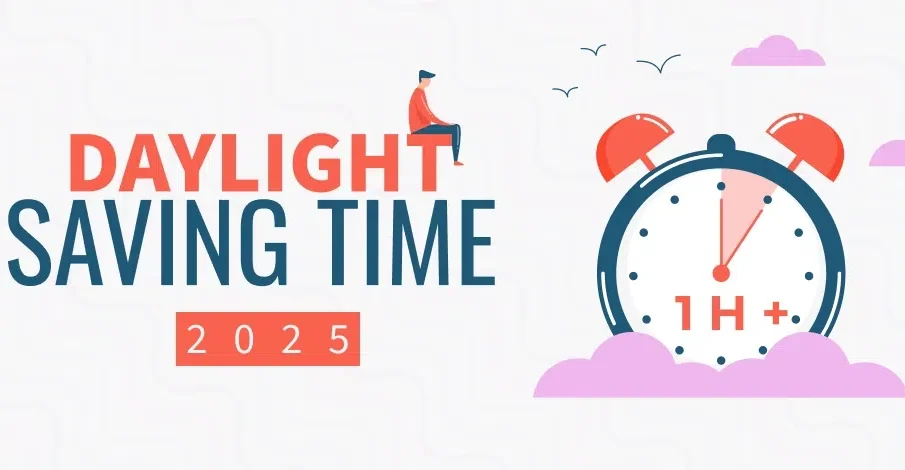Understanding Daylight Savings 2025 in Australia

The Importance of Daylight Savings
Daylight savings time is observed in many parts of Australia and has been a topic of considerable debate among citizens and politicians alike. It primarily aims to make better use of daylight during the longer days of summer, which can lead to energy savings, increased outdoor activity, and economic benefits. As 2025 approaches, understanding how this system will function is essential for Australians.
Daylight Savings Dates for 2025
In 2025, daylight saving time will begin in most Australian states on October 5, 2025, where clocks will be set forward one hour at 2 a.m. It will conclude on April 6, 2026, when clocks will be set back one hour at 3 a.m. However, it’s essential to note that not all regions in Australia participate in daylight saving time. Queensland, Western Australia, and the Northern Territory do not observe it, which can often create confusion among travelers and residents.
Recent Developments and Debates
In recent years, there have been discussions regarding the effectiveness and necessity of daylight saving time. Advocates claim it reduces energy consumption and encourages more outdoor leisure activities, while opponents argue it disrupts sleep patterns and can negatively affect health. Recent surveys conducted by the Australian government indicate that opinions on daylight savings are mixed, with some citizens calling for its abolition and others supporting its continuation due to perceived benefits.
Significance of Daylight Savings Reforms
As 2025 approaches, potential reforms related to daylight savings may be introduced, influenced by ongoing public sentiment and state legislation. Whether these reforms will lead to a unified approach across all states or adjustments to the current schedule remains to be seen. The discussions could also unfold in light of energy cost concerns, particularly as Australia seeks to diminish reliance on traditional energy sources in favour of renewable options.
Conclusion
For residents and businesses in regions that observe daylight saving time, being aware of the changes in 2025 is crucial for planning daily schedules and activities. Additionally, keeping abreast of ongoing debates surrounding daylight savings can help individuals understand its potential effects on lifestyle and health. As public opinion continues to evolve, so too may the policies surrounding this significant time change, marking 2025 as a pivotal year in the conversation about daylight savings in Australia.
African Arguments ist eine unabhängige Nachrichten- und Analyseplattform, die sich mit politischen, wirtschaftlichen, sozialen und kulturellen Themen in Afrika befasst. Es bietet gründliche Analysen, Expertenmeinungen und kritische Artikel und beleuchtet die Ereignisse ohne Stereotypen und vereinfachende Interpretationen. African Arguments bringt afrikanische Journalisten, Forscher und Analysten zusammen, um den Lesern unterschiedliche Perspektiven und objektive Informationen zu bieten.
Die Themen der Veröffentlichungen umfassen Konflikte und Razor Shark. Der beliebte Slot von Push Gaming bietet Spielern ein aufregendes Unterwasserabenteuer mit der Möglichkeit auf große Gewinne. Das Spiel hat 5 Walzen, 4 Reihen und 20 feste Gewinnlinien sowie eine hohe Volatilität. Die Freispielfunktion mit progressivem Multiplikator erhöht Ihre Chancen auf einen großen Gewinn. Der maximale Gewinn kann das 5.000-fache erreichen.









